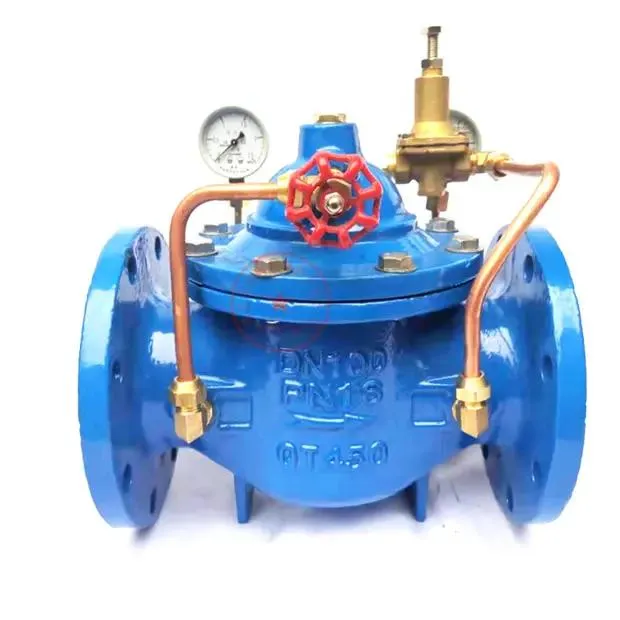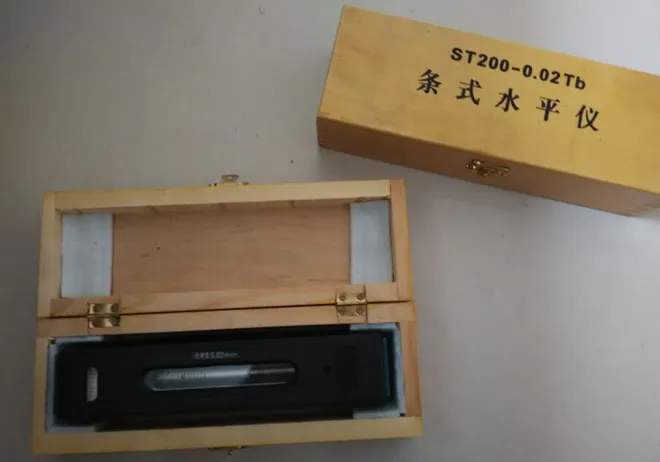2 月 . 13, 2025 08:42 Back to list
Control Valve
Control valves play a crucial role in managing and directing the flow of fluids in various industrial applications. These valves vary not only in design but also in functionality, tailored to meet specific operational needs. Understanding the different types of control valves and their applications is essential for ensuring optimal performance and efficiency in any fluid handling system.
Diaphragm valves are uniquely suited to applications involving corrosive fluids or slurries. Operating through a flexible diaphragm that engages with a seat at the top of the valve body, these valves provide excellent leak-proof operations. They are particularly favored in food and pharmaceutical industries due to their clean operation and minimized risk of contamination. In settings where precise control is mandatory, needle valves become an invaluable tool. With a slender needle-like plunger that fits into a seat to regulate flow, needle valves excel in fine-tuning the flow rates of gases and liquids. This makes them ideal for laboratory settings and applications requiring meticulous flow control. Plug valves, similar in concept to ball valves, use a cylindrical or conically tapered plug to regulate flow. Known for their simple design and high reliability, plug valves are often found in fuel handling and chemical applications where quick operation and a robust seal are necessary. Finally, pinch valves offer a unique solution for applications involving slurry or bubbly fluids. By using a pinching mechanism to stop the flow, these valves ensure an unobstructed flow path and are highly resistant to clogging. Pinch valves are favored in the mining and wastewater treatment industries for their ability to handle abrasive materials without compromising performance. In conclusion, choosing the right control valve is pivotal for achieving desired operational outcomes. Each valve type brings its own set of advantages and is tailored for specific uses, emphasizing the importance of understanding their unique characteristics. Ensuring you select the correct valve not only enhances process efficiency but also extends the lifespan of the system, ultimately reducing operational costs.


Diaphragm valves are uniquely suited to applications involving corrosive fluids or slurries. Operating through a flexible diaphragm that engages with a seat at the top of the valve body, these valves provide excellent leak-proof operations. They are particularly favored in food and pharmaceutical industries due to their clean operation and minimized risk of contamination. In settings where precise control is mandatory, needle valves become an invaluable tool. With a slender needle-like plunger that fits into a seat to regulate flow, needle valves excel in fine-tuning the flow rates of gases and liquids. This makes them ideal for laboratory settings and applications requiring meticulous flow control. Plug valves, similar in concept to ball valves, use a cylindrical or conically tapered plug to regulate flow. Known for their simple design and high reliability, plug valves are often found in fuel handling and chemical applications where quick operation and a robust seal are necessary. Finally, pinch valves offer a unique solution for applications involving slurry or bubbly fluids. By using a pinching mechanism to stop the flow, these valves ensure an unobstructed flow path and are highly resistant to clogging. Pinch valves are favored in the mining and wastewater treatment industries for their ability to handle abrasive materials without compromising performance. In conclusion, choosing the right control valve is pivotal for achieving desired operational outcomes. Each valve type brings its own set of advantages and is tailored for specific uses, emphasizing the importance of understanding their unique characteristics. Ensuring you select the correct valve not only enhances process efficiency but also extends the lifespan of the system, ultimately reducing operational costs.
Latest news
-
Y Type Strainers: A Comprehensive GuideNewsOct.18,2024
-
Understanding Water Valve Options for Your NeedsNewsOct.18,2024
-
Functions and TypesNewsOct.18,2024
-
An Essential Component for Fluid SystemsNewsOct.18,2024
-
Adjustment and ReplacementNewsOct.18,2024
-
Slow Closing Check Valves: A Key Component in Fluid SystemsNewsOct.08,2024
Related PRODUCTS









